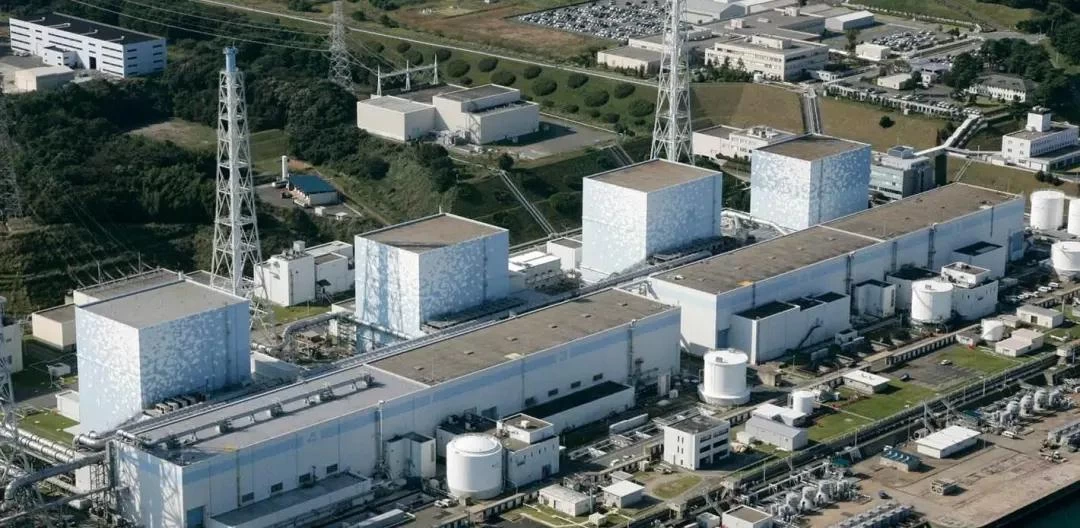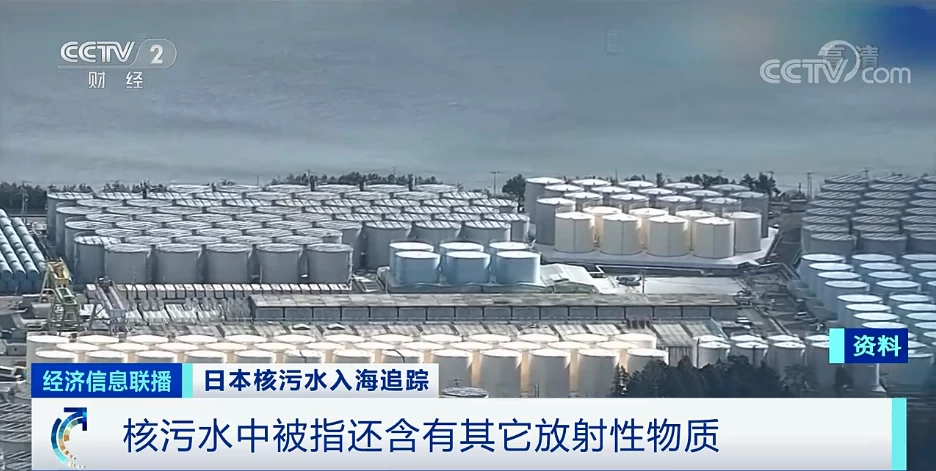Hot spot丨Japan decides to discharge nuclear sewage into the sea, information on 4000 waste containers is unknown
Jim
Sunny Worldwide Logistics
2021-04-14 15:42:30
On April 13, local time, the Japanese government held a cabinet meeting and officially decided to discharge nuclear waste water from the Fukushima nuclear power plant to the ocean, which is harmful to the marine environment. This decision means that Tokyo Electric Power Company will be allowed to start the discharge of nuclear sewage within two years. This still radioactive sewage was continuously produced after the Fukushima nuclear accident ten years ago to cool and melt damaged reactors.

▍4000 waste containers at Fukushima Nuclear Power Plant According to Kyodo News Agency, Tokyo Electric Power Company revealed that among the containers storing waste and rubble in the Fukushima Daiichi Nuclear Power Plant, there are about 4,000 of the containers whose contents cannot be grasped. TEPCO stated that it will formulate an inspection plan and conduct investigations in the future, but the person in charge explained that: "Some of the contents will take some time to grasp, and some are difficult to confirm." According to reports, in the Fukushima Daiichi Nuclear Power Plant site, a gel-like mass with a large amount of radiation was found on the surface of the container area in March, which may have leaked from the corroded container. Criticism of TEPCO's sloppy management is rising.

Data map: A picture of the rod-shaped robot that was put into the reactor containment of Unit 1 of the Fukushima Daiichi Nuclear Power Plant in Japan. TEPCO said there are about 85,000 containers, specifically about 47,000 with combustible rubble, about 31,000 with used protective clothing, and about 7,000 with non-combustible rubble. It is said that about 4,000 of them contain non-combustible rubble containers, "it is impossible to grasp the time and contents." After December 2017, TEPCO uses a database to manage container information. About 4000 in question were before this. From April 2012 to November 2017, there were documents recording the contents, but the number of the container was not written. From March 2011 to March 2012 shortly after the accident, there was even no record of the contents.
According to reports, the container has a storage area determined according to the radiation amount of the contents. Among the about 4,000 problematic containers, there are about 350 of 1-30 mSv per hour, and about 3,000 of 0.1-1 mSv per hour. The person in charge of TEPCO said: “We patrol regularly and the possibility of leakage is very low. Because there are hidden concerns about the contents scattered and the operators are exposed to radiation, it is not clear to what extent the contents can be confirmed.” In addition to the above-mentioned containers, four unidentified containers were found outside the storage area. The surface radiation is 1.5 millisieverts per hour, and the lower part is corroded. It may be the waste before the accident. TEPCO will investigate whether there are other containers. ▍What is the impact of nuclear waste water discharge into the sea? TEPCO previously stated that after treatment, most of the radioactive elements in nuclear waste water can be removed, but there is no way to remove tritium. They will dilute the tritium concentration in the wastewater to 1/40 of the Japanese national standard and will not pollute the ocean.

However, the media previously disclosed that even after treatment, the sewage cannot only contain "tritium", which contains residual radioactive substances such as carbon 14, cobalt 60, and strontium 90. What impact will sewage containing radioactive materials have if it is discharged into the sea? First, the waters off the Pacific coast of Japan will be affected, especially some waters around Fukushima Prefecture. After that, sewage will also pollute the East China Sea. A calculation by a German marine scientific research institute shows that radioactive materials will spread to most of the Pacific within 57 days from the date of discharge, and the United States and Canada will be affected by nuclear pollution three years later. A large number of people took to the streets in Fukushima last weekend to protest the government's decision to discharge sewage into the Pacific. Both China and South Korea were cautious about Japan's decision. On the 13th, the website of the State Supervision Commission of the Central Commission for Discipline Inspection published "The Japanese Government intends to discharge one million tons of nuclear waste water into the sea. Will the Fukushima nuclear accident have the world pay for it?" ! The article pointed out that since joining the United Nations in 1956, Japan has always positioned itself as a "responsible big country", but now it wants to dump its nuclear waste water into the Pacific, "radiating" to the public welfare and interests of neighboring countries and the international community. . It is extremely irresponsible and extremely short-sighted to transfer the catastrophic results caused by one's own negligence to the ocean. The world is cool and hot, and Japan cannot bear the responsibility of discharging nuclear waste water to the Pacific.




















